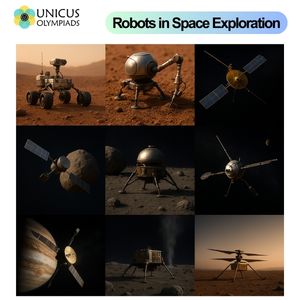

Robots have become an essential part of planetary and asteroid exploration. As technology has advanced, robots—ranging from rovers to spacecraft—have allowed scientists to explore distant planets and celestial bodies, providing invaluable data that would be impossible to collect through human exploration. These robotic missions have opened new frontiers in space exploration and contributed significantly to our understanding of the solar system.
